Embark on a journey to cultivate your own bountiful garlic garden with our comprehensive guide, ‘8 Innovative Ways to Plant Garlic: Tips for a Thriving Garden’. Discover the secrets to soil preparation, raised bed cultivation, and selecting the right garlic variety.
Embrace organic planting techniques and learn the art of companion planting. Master the timing for harvesting garlic scapes, understand the differences between hardneck and softneck garlic, and explore various garlic preservation methods. With these tips, you’ll be well-equipped to grow a flourishing garlic crop that is as rewarding to nurture as it is to harvest and savor.
Table of Contents
Key Takeaways
- Proper soil preparation is crucial for garlic growth, involving well-drained, fertile soil and the addition of compost.
- Raised bed cultivation can overcome poor drainage and space constraints, offering ideal conditions for garlic.
- Selecting the right garlic variety to plant is essential for success and depends on personal preference and climate.
- Organic planting techniques and companion planting can enhance garlic health and yield, while benefiting the entire garden.
- Understanding when to harvest garlic scapes and the differences between hardneck and softneck garlic can optimize your harvest.
1. Soil Preparation to Plant Garlic
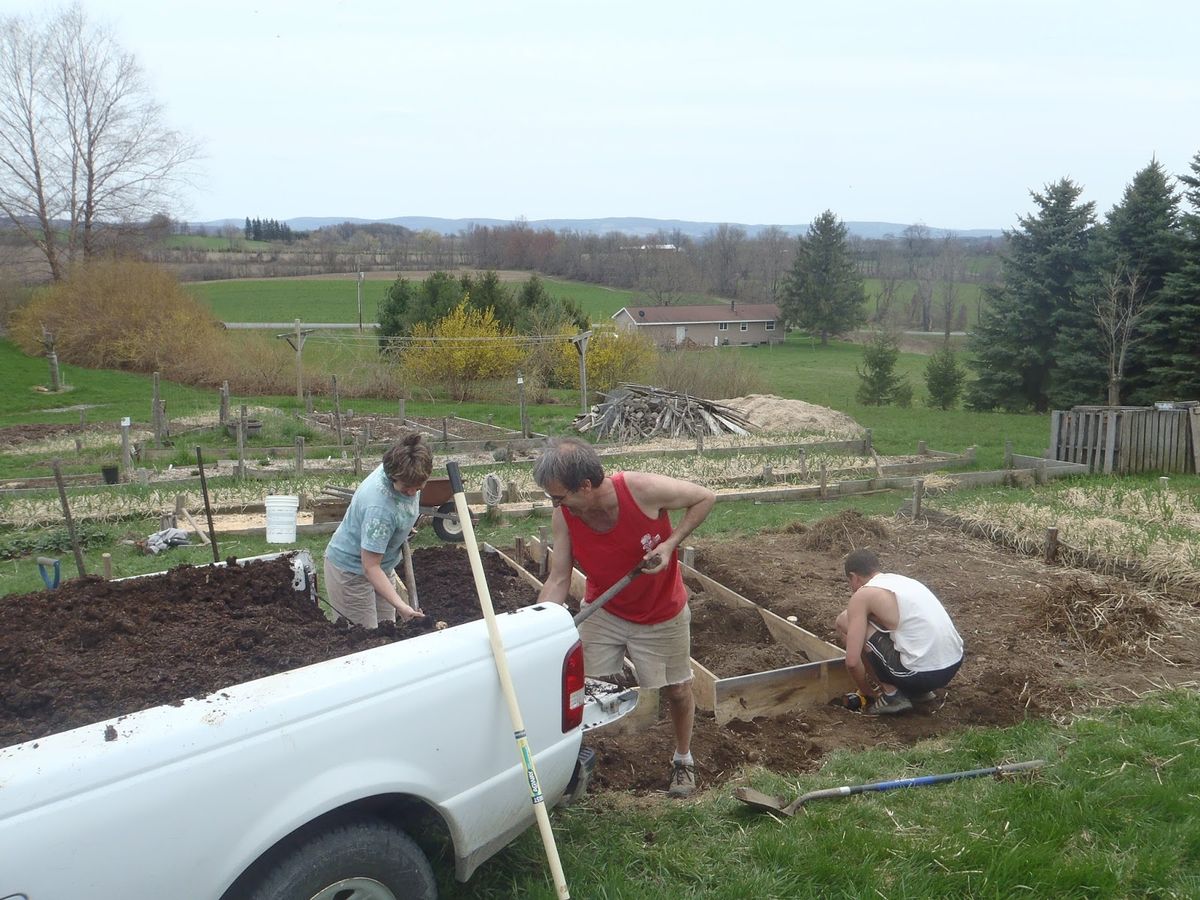
Proper soil preparation is crucial for a successful garlic crop. The best soil for growing seed garlic is sandy loam that is well-drained. If your soil is heavy clay or sandy, consider amending it with organic matter such as compost or aged manure to improve soil structure and fertility.
To ensure a thriving garden, focus on enhancing the soil’s health before planting. This can be achieved by incorporating both inorganic and organic materials, which may include lime, coir, cow manure, and compost.
Understanding soil chemistry is also important. Adding organic material increases the soil’s cation-exchange capacity, which in turn influences soil moisture and fertility. For those planting in raised beds, ensure a good foundation by leveling the area and removing any grass or weeds before filling the bed with nutrient-rich soil.
2. Raised Bed Cultivation
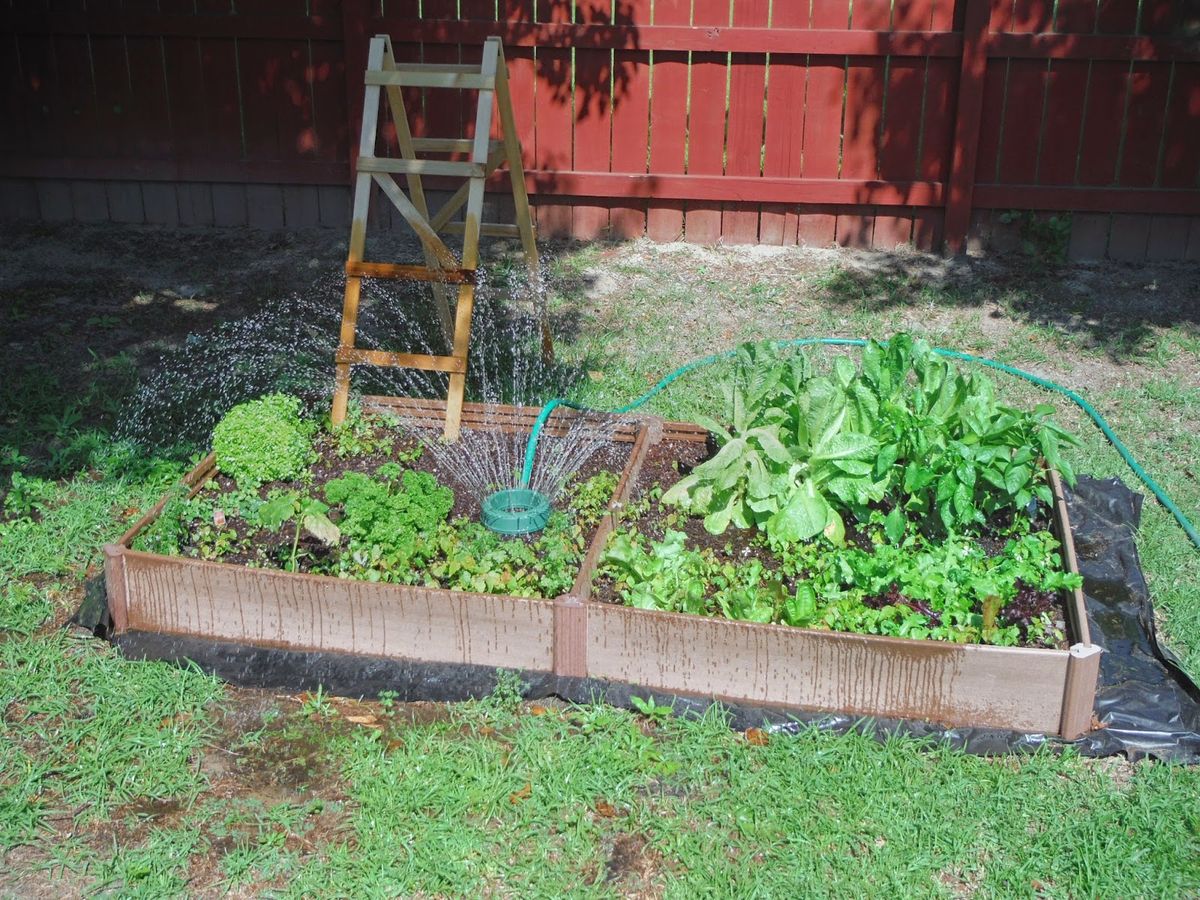
Raised bed cultivation is a game-changer for gardeners seeking to optimize their garlic growing conditions. Building multiple beds with different soils caters to the specific needs of each plant, ensuring they thrive. It’s crucial to start with a healthy soil mix that is rich in organic matter for a successful harvest.
A good foundation is essential for a good start to your raised gardening project. Make sure the area is level and free of weeds before filling your bed.
Here are the steps to prepare your raised bed:
- Level the ground where the raised bed will be placed.
- Remove any grass or weeds from the area.
- If the bed has no bottom, consider adding a weed barrier cloth.
- Fill the bed with a high-quality, organic soil mix.
- Water the soil using efficient irrigation, like a drip system.
Remember, the best soil for raised beds is one that is rich in organic matter. Avoid using old ground soil from your garden, as it can lead to poor growth and other issues. Once your raised bed is prepared, you can plant garlic just as you would in the ground, taking into account the depth of the bed and the size of the crops.
3. Garlic Variety Selection
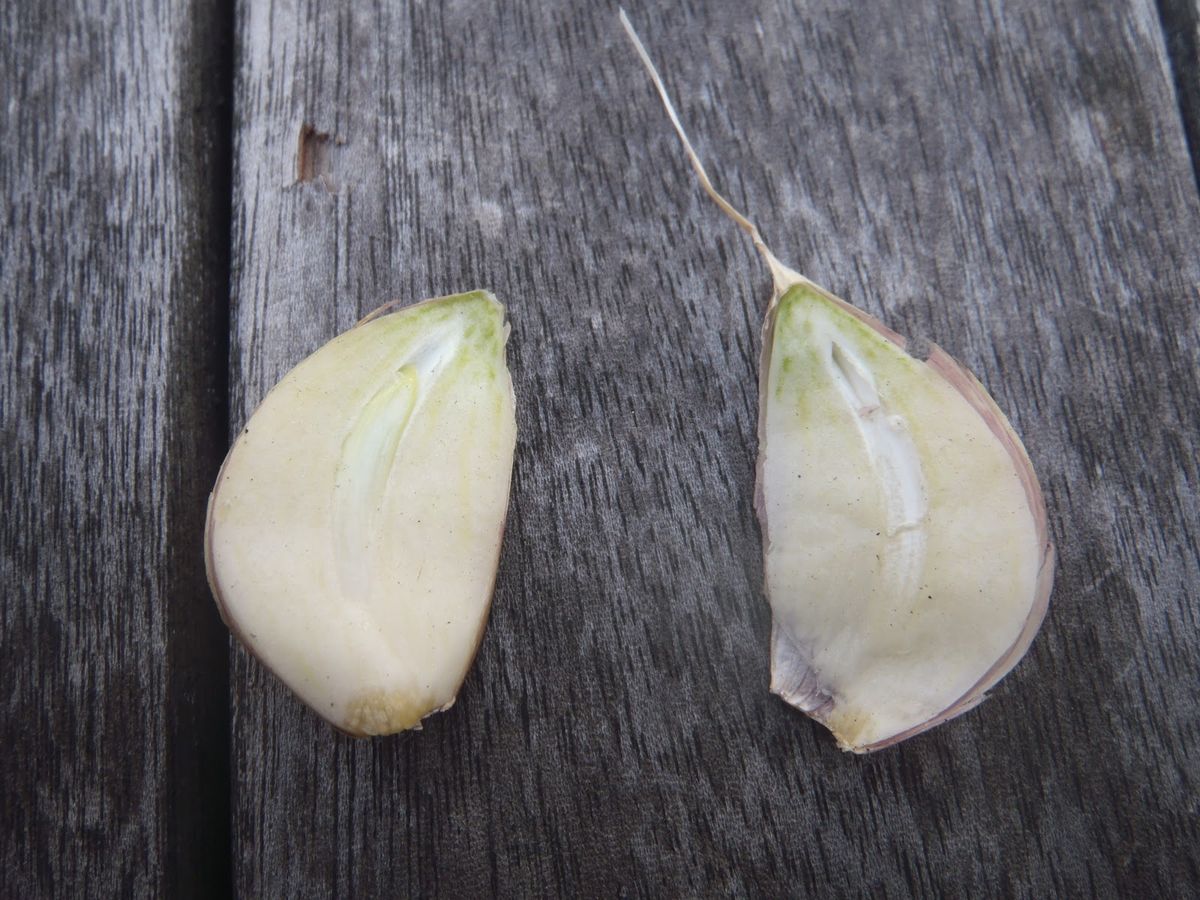
Selecting the right garlic variety is crucial for a thriving garden. Different varieties perform better in specific climates and soil types. For instance, softneck garlic is ideal for milder climates due to its long shelf life and milder flavor, while hardneck varieties are better suited for cooler conditions with their bold taste and larger cloves.
When planning your garden, consider these popular varieties for spring planting:
- California Early
- Early Italian
- Nootka Rose
- Chesnok Red
- Silver Rose
- Inchelium Red
Remember, the success of your garlic crop hinges on the variety you choose. Opt for cloves specifically meant for cultivation, which are free from growth retardants and chemicals often found in supermarket garlic.
Purchasing from sources like livingseeds.co.za, Hadeco Bulbs, or Glen Seeds not only ensures a healthier crop but also supports local green industries and sustainable gardening practices.
4. Organic Planting Techniques to Plant Garlic
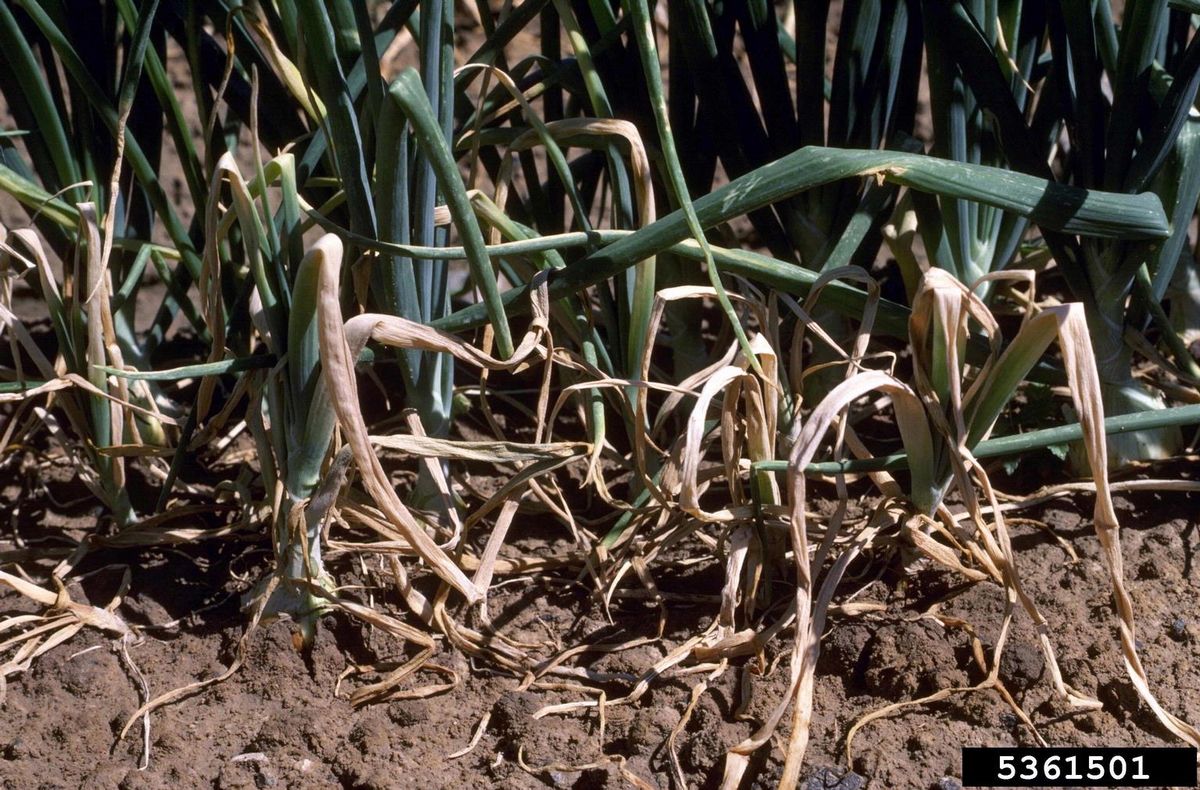
Adopting organic planting techniques ensures a sustainable approach to gardening, where the health of the soil is paramount. Composting is key to feeding your plants the good stuff, transforming kitchen scraps and yard waste into nutrient-rich soil amendments. By adding compost, you not only enrich the soil but also reduce waste, closing the loop in your garden’s ecosystem.
To establish a thriving garlic garden, focus on nurturing the soil. Healthy soil leads to robust plants, capable of resisting pests and diseases naturally.
Here are some steps to enhance your soil organically:
- Test the soil’s pH and adjust accordingly using natural amendments.
- Incorporate organic matter like compost, coir, or well-rotted manure.
- Implement crop rotation to prevent soil depletion and reduce disease risk.
- Utilize natural mulches to conserve moisture and suppress weeds.
Remember, a sustainable garden is not just about the plants you grow; it’s about the soil that sustains them. By following these organic practices, you’ll create a resilient garden ecosystem that supports your garlic plants and contributes to a healthier environment.
5. Companion Planting

Companion planting is a strategic approach that pairs plants together to benefit each other. Garlic, for instance, can be quite beneficial when planted at the dripline boundary surrounding fruit trees, deterring herbivores like deer and squirrels from reaching the edible crops due to its pungent odor.
Garlic companion plants include a variety of vegetables and flowers that enhance growth, flavor, and provide pest control. For example, planting garlic near roses can help repel common rose pests such as spider mites and ants. Similarly, geraniums benefit from the pest-repelling properties of garlic.
Embracing companion planting is not only about pest control; it’s about creating a diverse and balanced ecosystem in your garden.
Here’s a list of some of the best companion plants for garlic and a few to avoid:
- Best Companions:
- Beets
- Broccoli
- Cauliflower
- Brussels sprouts
- Kohlrabi
- Tomatoes
- Eggplant
- Peppers
- Cabbage
- Plants to Avoid:
- Asparagus
- Beans
- Peas
- Sage
By integrating these companion plants into your garden, you can harness the natural synergies between them and garlic to foster a thriving garden ecosystem.
6. Garlic Scapes Harvesting
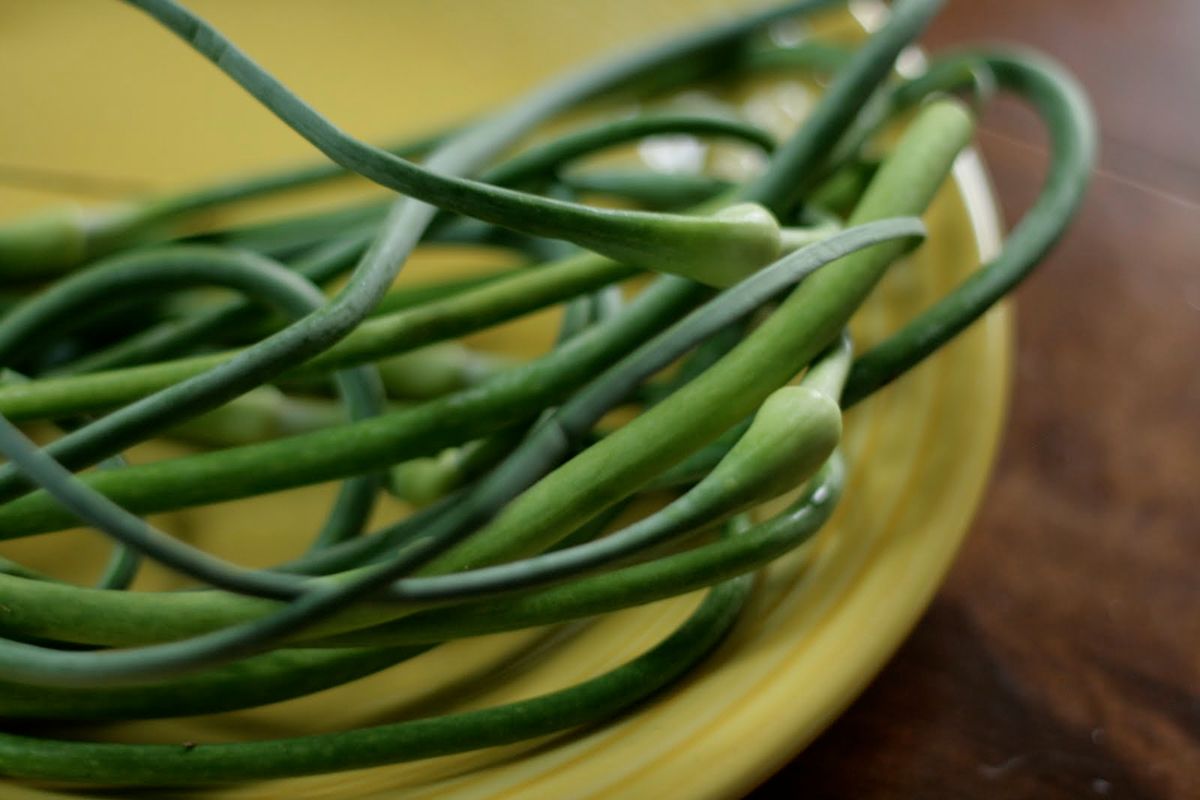
Harvesting garlic scapes is a crucial step in the cultivation of garlic. The timing of the harvest is essential; too early and the bulbs remain small, too late and the cloves may separate, affecting their storage life. A good indicator of maturity is the browning of the lower leaves.
Garlic scapes, the flower stalks of the garlic plant, should be cut off to direct the plant’s energy into bulb growth. This simple act can significantly impact the size and quality of the garlic bulbs you harvest.
The anticipation of harvest is a celebration of the gardener’s dedication and the earth’s generosity.
After harvesting, proper storage is key. Keep your garlic in a cool, dry place to enjoy the flavors of your labor throughout the year. The cycle of planting, nurturing, and harvesting garlic is not just about the produce but also about the joy of gardening and our connection to the earth.
7. Hardneck vs. Softneck Garlic
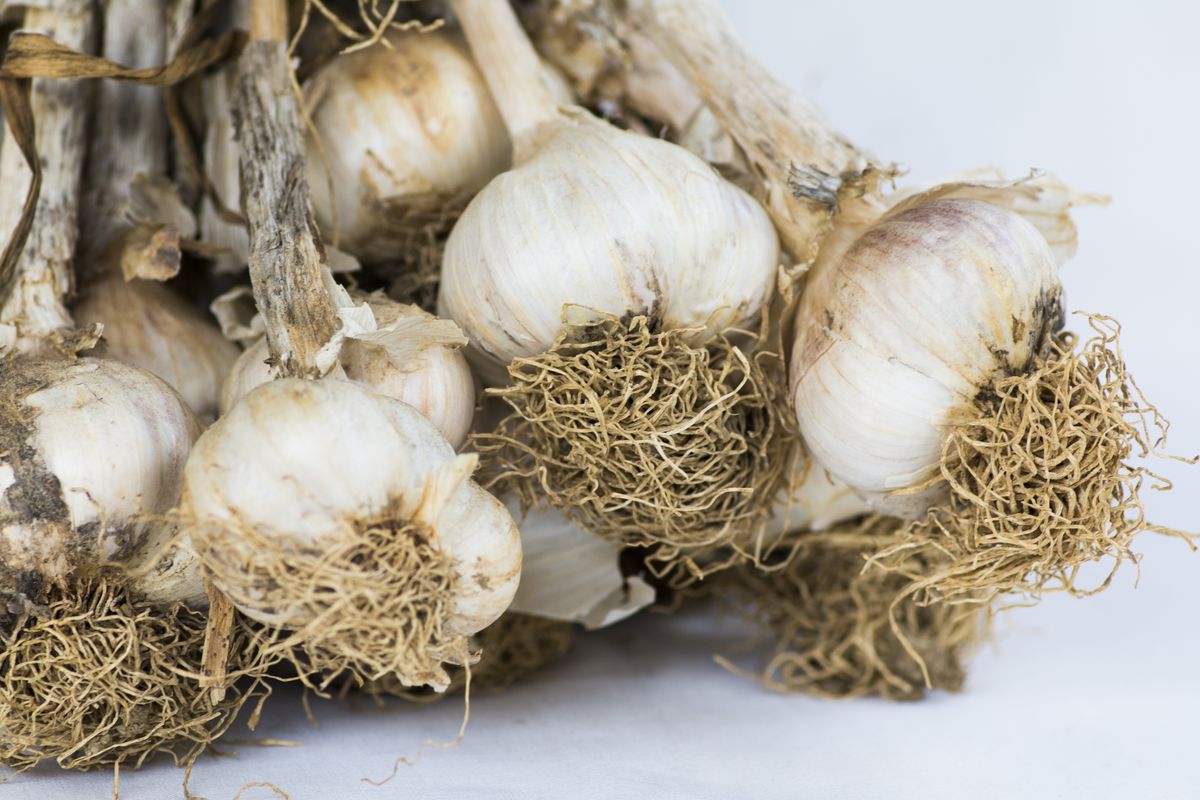
Understanding the distinction between hardneck and softneck garlic is crucial for a successful harvest. Generally, hardnecks are better for cold northern zones, while softnecks are better for warm southern zones. This is because hardneck varieties are more cold-hardy and produce a scape, which is an edible flower stalk. Softneck garlic, on the other hand, is known for its longer shelf life and is often used for braiding due to its flexible stems.
When choosing between hardneck and softneck garlic, consider the following points:
- Hardneck garlic has a more robust flavor and larger cloves.
- Softneck garlic is easier to grow and stores longer.
- Hardneck varieties typically produce scapes, which can be harvested for an additional yield.
It’s essential to select the right variety for your climate and culinary needs. Whether you’re looking for a garlic that can withstand harsh winters or one that will last in storage, your choice will impact both the growing process and the final harvest.
Remember, the right garlic variety can make all the difference in your garden’s productivity and the quality of your culinary creations.
8. Garlic Preservation Methods
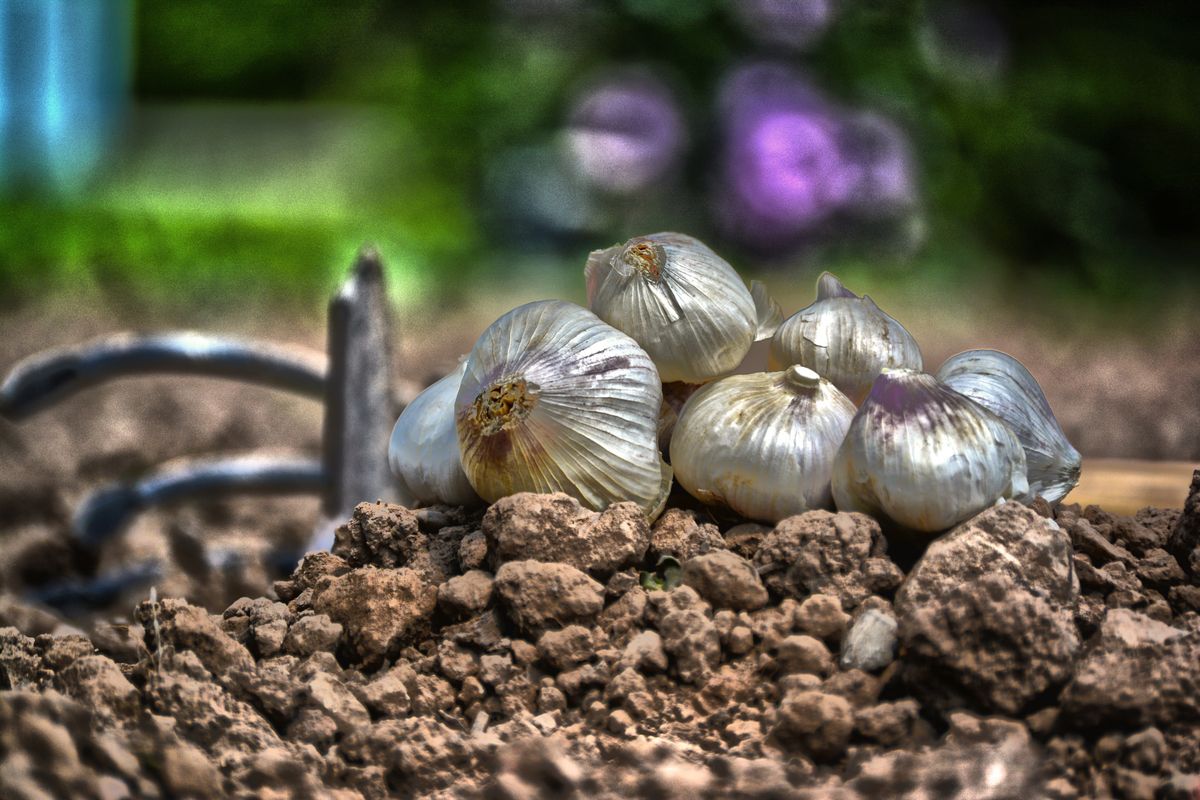
Properly storing garlic can extend the enjoyment of your harvest well beyond the growing season. Preservation is key to maintaining the garlic’s flavor and usability. Here are some methods to ensure your garlic stays fresh:
- Dry and Cure: Hang or lay the garlic bulbs in a well-ventilated area for several weeks.
- Freezing: If garlic isn’t peeled, peel it by hand, or by using a peeler tube or by using the shaking method inside a mason jar. Then, using a paring knife, remove any green shoots and freeze.
- Pickling: Submerge peeled cloves in a vinegar solution and store in a cool, dark place.
Remember, the goal is to mimic the natural dry conditions of garlic’s native environment. This helps prevent mold and sprouting, ensuring the bulbs remain potent and delicious for months.
When considering how to store your garlic, think about the form you’ll use it in most often. Whole bulbs, individual cloves, minced, or even as garlic paste can all be stored differently to maximize their shelf life and ease of use.
5 Tips and Techniques for Growing Eggplant: From Seed to Plate
Cultivating Zucchini: Tips for a Successful and Abundant Harvest
Step-by-Step to Growing Bell Peppers in Your Garden
Mastering the Art of Growing Carrots: Tips for a Bountiful Harvest


